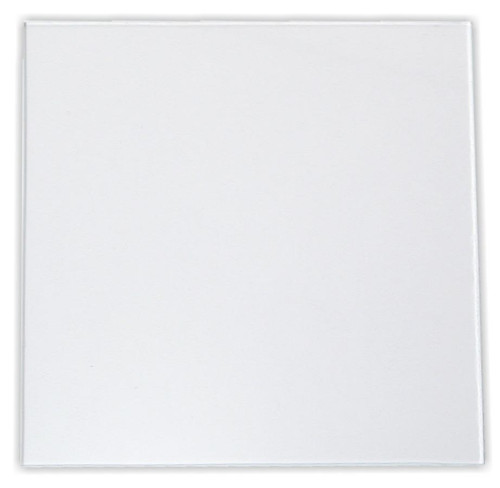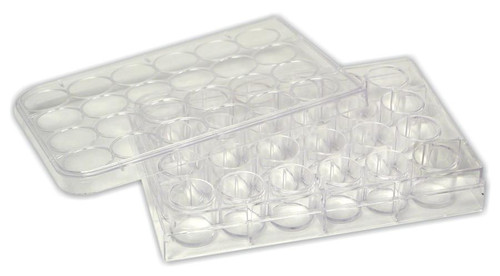


category
Spot Plates

Use this porcelain spot plate to perform multiple reactions on very small amounts of materials.
Ages 8+
In Stock & Ready to Ship
Need It Fast? See Delivery Options In Cart.

This rigid clear polystyrene culture plate with 24 flat-bottom wells is ideal for microchemistry experiments.
Ages 8+
In Stock & Ready to Ship
Need It Fast? See Delivery Options In Cart.
Use spot plates (also called reaction plates or culture plates) to perform controlled tests with a small amount of chemical. Each reaction plate features 12 or more wells in which to perform the experiment. The wells function as tiny beakers.
The types of chemistry spot plates available for your lab are made of autoclavable ceramic or porcelain; we also have a clear plastic microplate or culture dish available.
Porcelain spot plate: This one has 12 wells, each about 20 mm in diameter at the top. Since it's white ceramic, it works well to observe color change reactions. It's durable, acid- and alkali-resistant, easy-to-clean, and autoclavable.
Microplate or micro culture dish: Made of clear plastic, these will serve you well in microchemistry experiments. The 24 flat-bottom wells each hold about 3 ml. The entire plate measures 3" x 5" overall.
While intended for chemistry, spot plates' unique design makes them useful for many purposes. One customer used his to observe the life cycle of insects. How else could you use them?
We get it. Science can be messy. But Home Science Tools' products and service can handle it.
Our products are durable, reliable, and affordable to take you from the field to the lab to the kitchen. They won't let you down, no matter what they're up against. Whether it's (over)eager young scientists year after year, or rigorous requirements that come once-in-a lifetime.
And if your science inquiry doesn't go as expected, you can expect our customer service team to help. Count on friendly voices at the other end of the phone and expert advice in your inbox. They're not happy until you are.
Bottom line? We guarantee our products and service won't mess up your science study—no matter how messy it gets.
Questions? Get in touch with our Customer Service team.